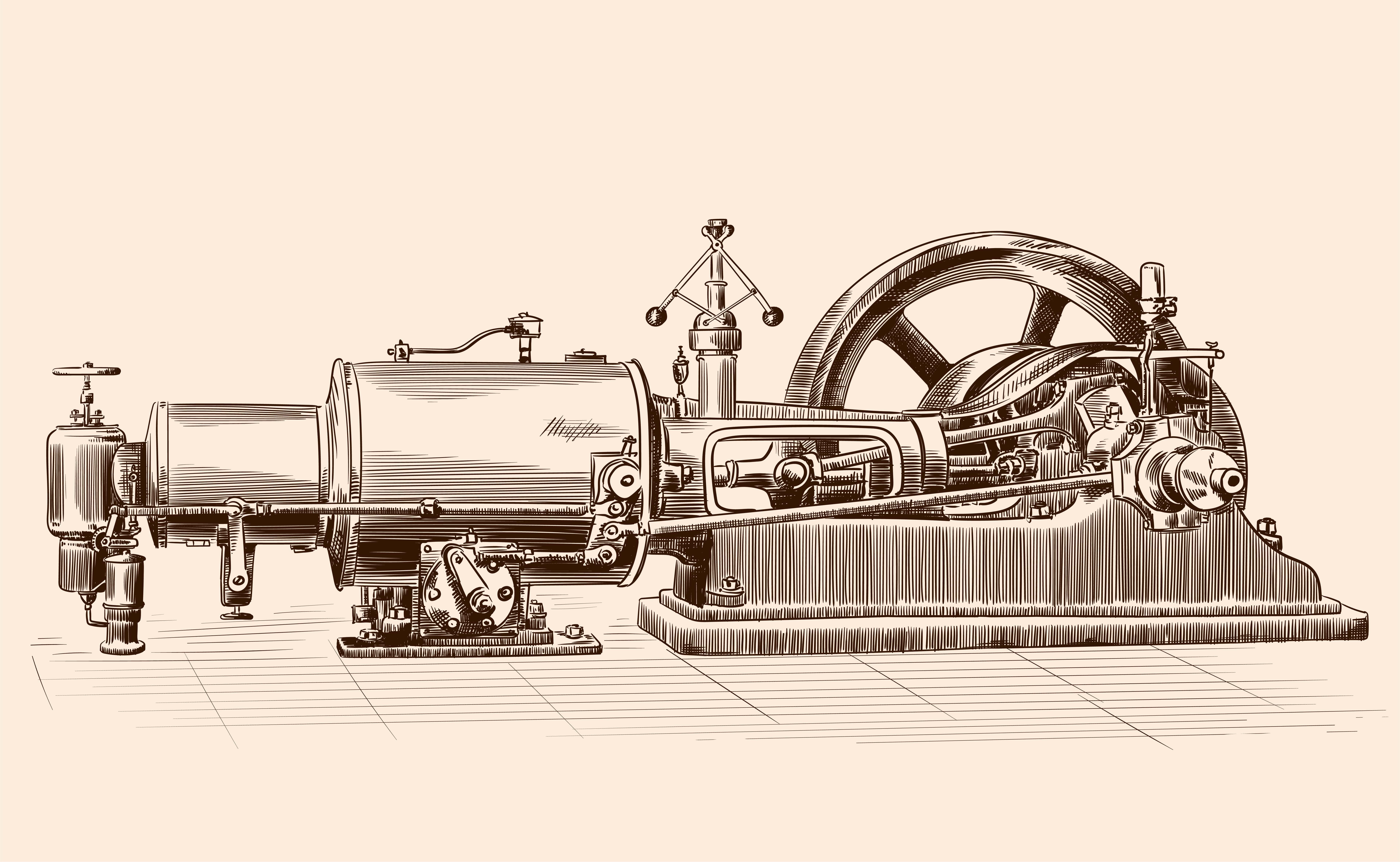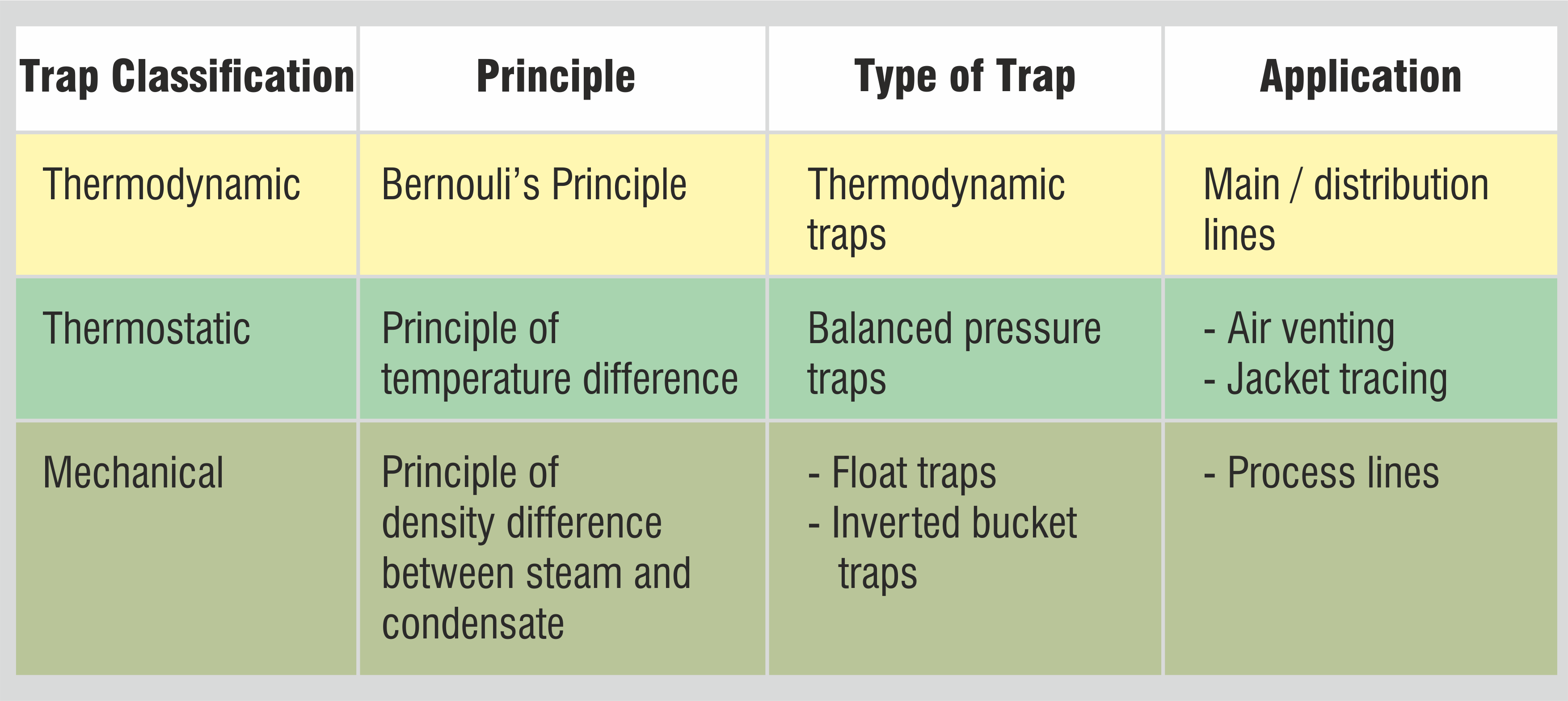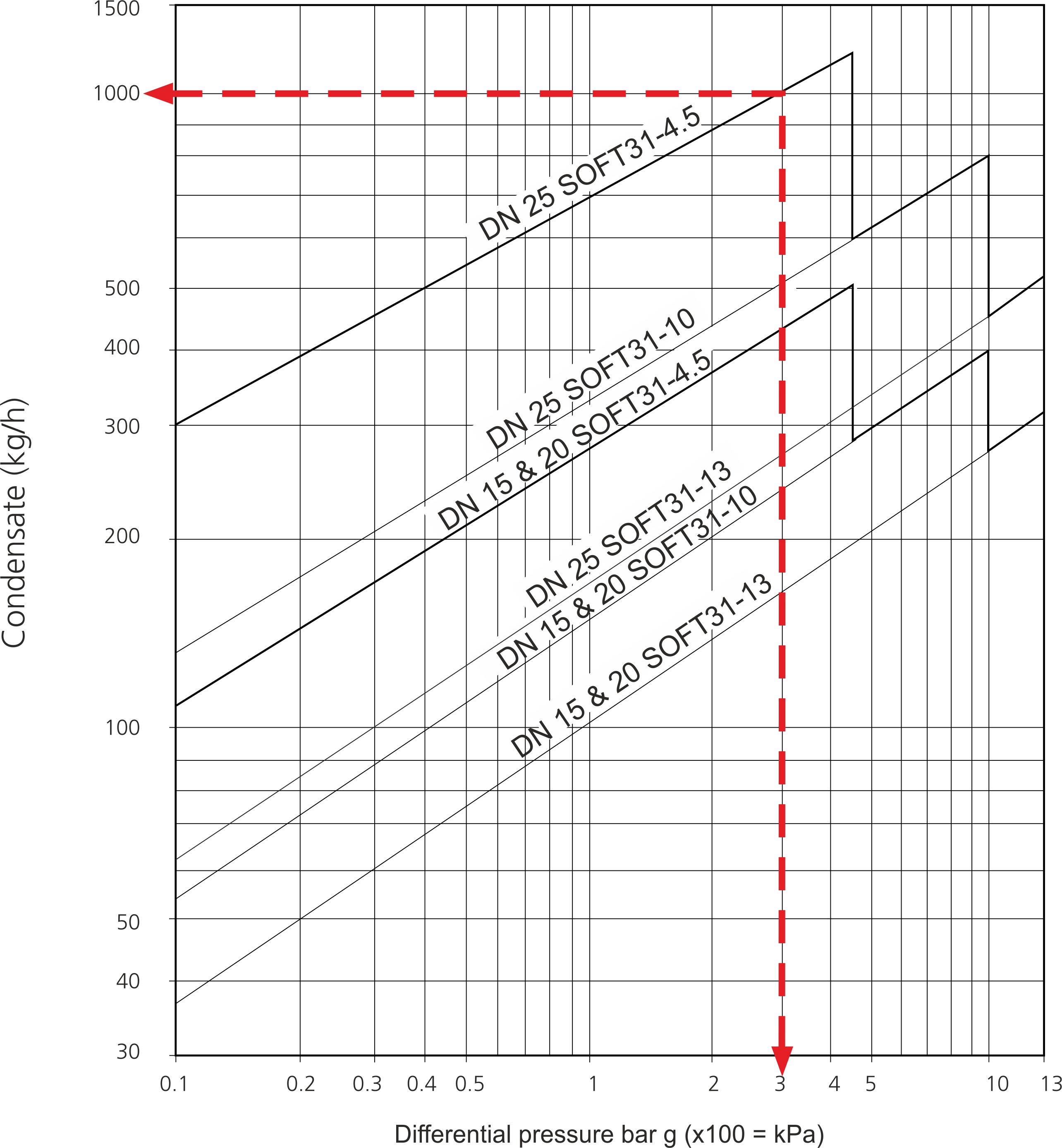Understanding Steam Trap Sizing & Selection
The History of Steam and Trapping
The earliest known use of steam dates as far back as the first century, with Heron’s Aeolipile, a simple steam
turbine consisting of a free to rotate hollow sphere and two bent pipes from which steam escaped.
Through the centuries many experiments were conducted with respect to the use of steam,
but it was
only following the Industrial Revolution in the 18th century that the potential of steam for Industry was realised.
Gradually, steam evolved as a heating source for Industry. The condensate formed as steam lost heat in the
process was earlier removed with the help of a valve.
However, not only was the process cumbersome, but steam
was also lost in the process.
As the number of applications using steam grew, steam losses also increased.
In order to address these losses and other operational issues such as water hammer, it was necessary that
condensate be released while steam was held back.
Thus, the steam trap was invented.

Figure: Steam Engine
What is a Steam Trap?
A steam trap is a device used to discharge condensate, air and non condensable gases from steam lines. They modulate and are able to differentiate between steam and condensate. They operate automatically to release condensate without loss of steam.
Functions of a Steam Trap :
A steam trap has three main functions :
1. To discharge condensate as soon as it is formed to avoid pooling and water hammer.
2. To prevent loss of live steam so overall steam generation and energy costs are reduced.
3. To remove air and other non-condensable gases for a quick start-up and efficient heat transfer and to avoid erosion and corrosion in the steam lines.
Types of Steam Traps
As on date, there are mainly three types of steam traps – thermodynamic, thermostatic and mechanical.
These traps work on Bernouli’s principle and find applications in main distribution lines. On start-up, the incoming pressure raises the disc and the cool condensate, air and non condensable gases are discharged. The hot condensate starts flowing at high pressure through the inlet passage. When exposed to atmospheric pressure, the condensate releases flash steam which moves above the disc in the control chamber. When the flash steam above the disc loses its heat by radiation to the atmosphere and becomes condensate, the force below the disc is released and condensate is discharged.
Thermostatic Traps
These traps work on the principle of temperature difference between steam and condensate. They are used in air venting and jacket tracing applications. The trap allows the air and condensate to escape during start-up. The thermostatic element expands as heated steam passes to close the trap. These traps discharge condensate below the saturation temperature of steam. They are also known as balanced pressure traps.
Mechanical Traps
These traps are used in process lines and work on the principle of density difference between steam and condensate, modulating continuous removal of condensate. The two main types of traps in this category are float traps and inverted bucket traps.
Understanding the Different Types of Steam Traps

Selecting the right trap
While there are a wide variety of traps available under each of these categories, it is important to assess the process adequately before making the selection. General factors to consider include discharge requirements, operating pressure and temperature, load requirements and safety.
Steps to selecting the right type and size of steam trap
As important as it is to select the right type of trap as per application, it is equally important to ensure that the traps are properly sized.
1. Understand the application for which trapping is required, viz. distribution line, process equipment, jacket tracing, etc.
2. Calculate the steam load required for the application
a. Maximum condensate load
b. Minimum condensate load
c. Start-up condensate load
3. Minimum recommended safety factor (only considered if sized on running load) based on the trap type
a. Float trap - 1.5
b. Thermodynamic trap – 2
c. Thermostatic trap – 2
4. Understanding the operating conditions and traps specification
a. Pressure
b. Temperature
c. Material of construction
d. Orientation
The illustration below is an example of sizing for float traps
